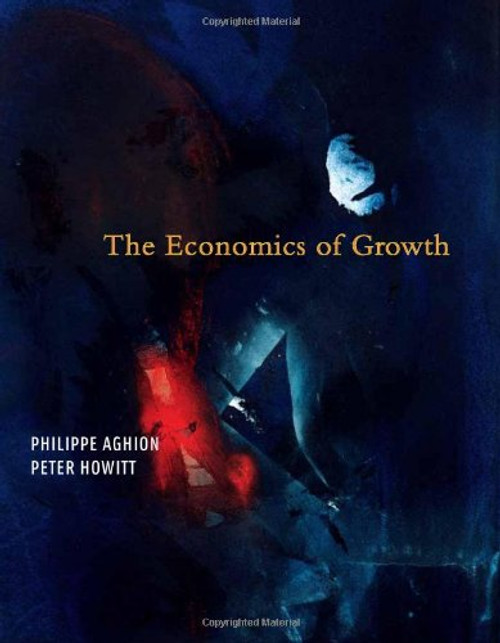Product Overview
Why do economies grow? What fixes the long-run rate of growth? These are some of the simplest, but also hardest, questions in economics. Growth of lack of it has huge consequences for a country's citizens. But for various reasons, growth theory has had long fallow patches. Happily, this is changing.
In 1956 Robert Solow developed what became the standard neo-classical model of economic growth. Counties grow, on this theory, by accumulating labour and capital. Adding either obeys diminishing returns: the more labour or capital you already have, the more you need for a further given jump in output. One consequence is that an economy with less capital ought to outgrow one with more. Generally, they do. Another is that growth should eventually drop to zero. Awkwardly, it stays positive. To save the theory, long-run growth was explained by an outside factor, technical innovation, which is not in the growth function itselfhence the label exogenous for the Solow family of models.
Partial as it was, the Solow model won wide acceptance and growth theory slumbered for three decades. Then came two changes. One was an attempt to add technical change and other factors to labour and capital within the growth function so that the model might predict long-run growth without leaning on outside residuals the so-called endogenous approach. The other was a huge number of factual studies.
Barro and Sala-i-Martin explain all this and more with admirable clarity (and much demanding maths) in the first modern textbook devoted to growth theory. The main theories are examined. The stress throughout is on linking theory to fact. One of three chapters on empirical work suggests how much each of several possible factors would be needed to explain differing international growth ratenot an explanation itself, but an indispensable set of empirical benchmarks.
From The Economist, 17 February 1996






